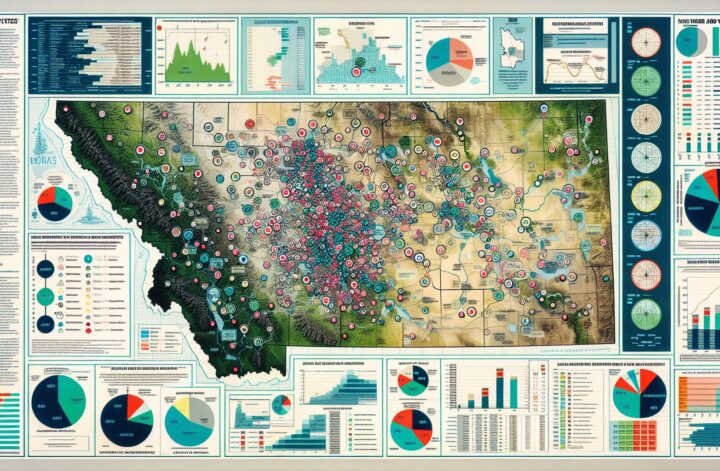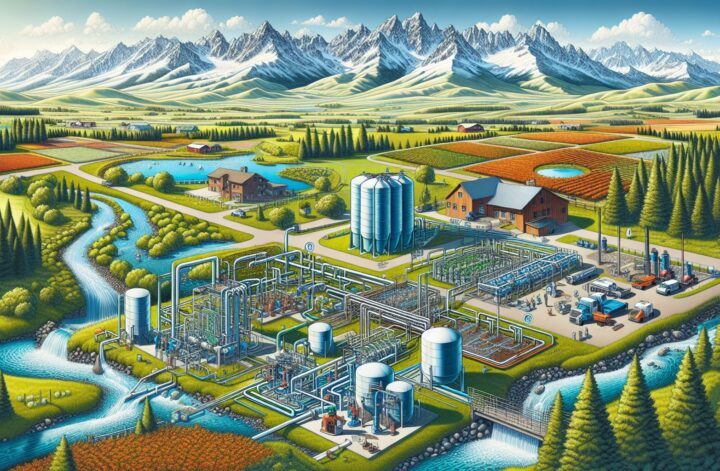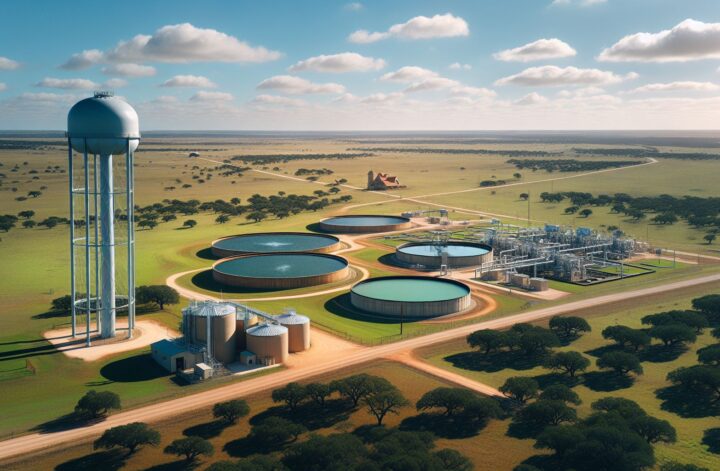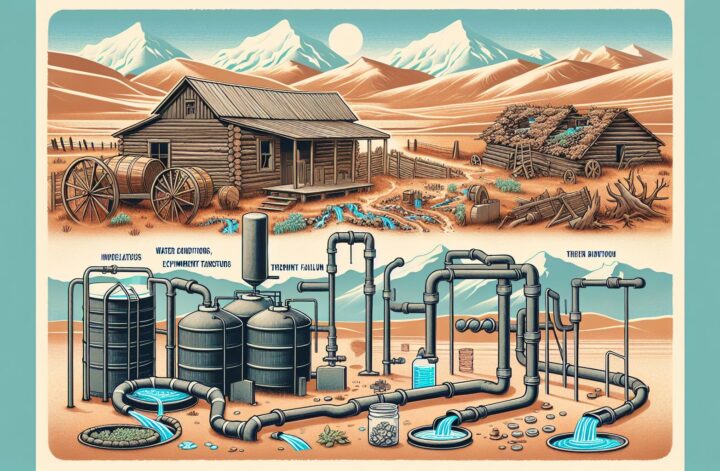Montana, the Treasure State, is renowned for its beautiful landscapes, including numerous mountains, lakes, and grasslands. Yet, its rural setting gives rise to distinctive challenges with water and wastewater management. This article will delve into the intricacies of Montana’s rural water and wastewater systems, shedding light on their current state and the improvements required to meet the growing demands of rural inhabitants and to protect the unique flora and fauna habitats in the region.
The Current State of Montana’s Rural Water and Wastewater Systems
According to the 2019 Montana Infrastructure Report Card from the American Society of Civil Engineers (ASCE) [^1^], Montana received a ‘C-‘ grade for its water and wastewater infrastructure. While this score is acceptable, it leaves room for significant improvement. Particularly in rural areas, there’s a persistent need for maintenance, upgrades, and expansion of the current system due to population growth and environmental concerns.
Wastewater treatment systems in rural Montana often rely on decentralized, site-specific solutions. According to a report by Montana State University Extension Water Quality [^2^], many systems use septic tanks, which need regular maintenance and inspection to stop contamination and disease spread. On the other hand, water provision, mainly from underground sources, is a challenging task due to fluctuating water table levels and the distance between residences in rural settings.
Challenges and Possible Solutions
Montana’s rural water and wastewater systems face various challenges, from aging infrastructure to limited funding. According to the ASCE report, Montana needs an estimated $331 million to improve drinking water infrastructure and a further $265 million for wastewater improvements over the next two decades.
Additionally, the geographical diversity of Montana poses unique challenges. The ruralization and dispersion of its population demand innovative solutions to ensure access to clean water and efficient wastewater treatment. A solution is capitalizing on community-based, decentralized systems that enable easy monitoring and management, especially in farther reaches of the state.
Conservation Efforts and Sustainability
Conservation measures are crucial for Montana, a state rich in unique ecosystems. Rural water and wastewater systems should be designed to minimize environmental impact. A report from Montana State University Extension Water Quality highlighted that rural households can mitigate their wastewater impact by using less water, avoiding unnecessary chemical disposal, and ensuring correct maintenance of their septic systems [^2^]. Similarly, water conservation methods such as rainwater harvesting could prove beneficial in rural settings.
In conclusion, while Montana’s rural water and wastewater systems face formidable challenges, innovative and strategic solutions could optimize the services and create a sustainable future. Crucial to achieving this are continuous infrastructure improvements, community-centered approaches, and effective conservation efforts.
[^1^]: American Society of Civil Engineers
[^2^]: Montana State University Extension Water Quality




